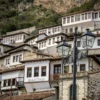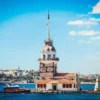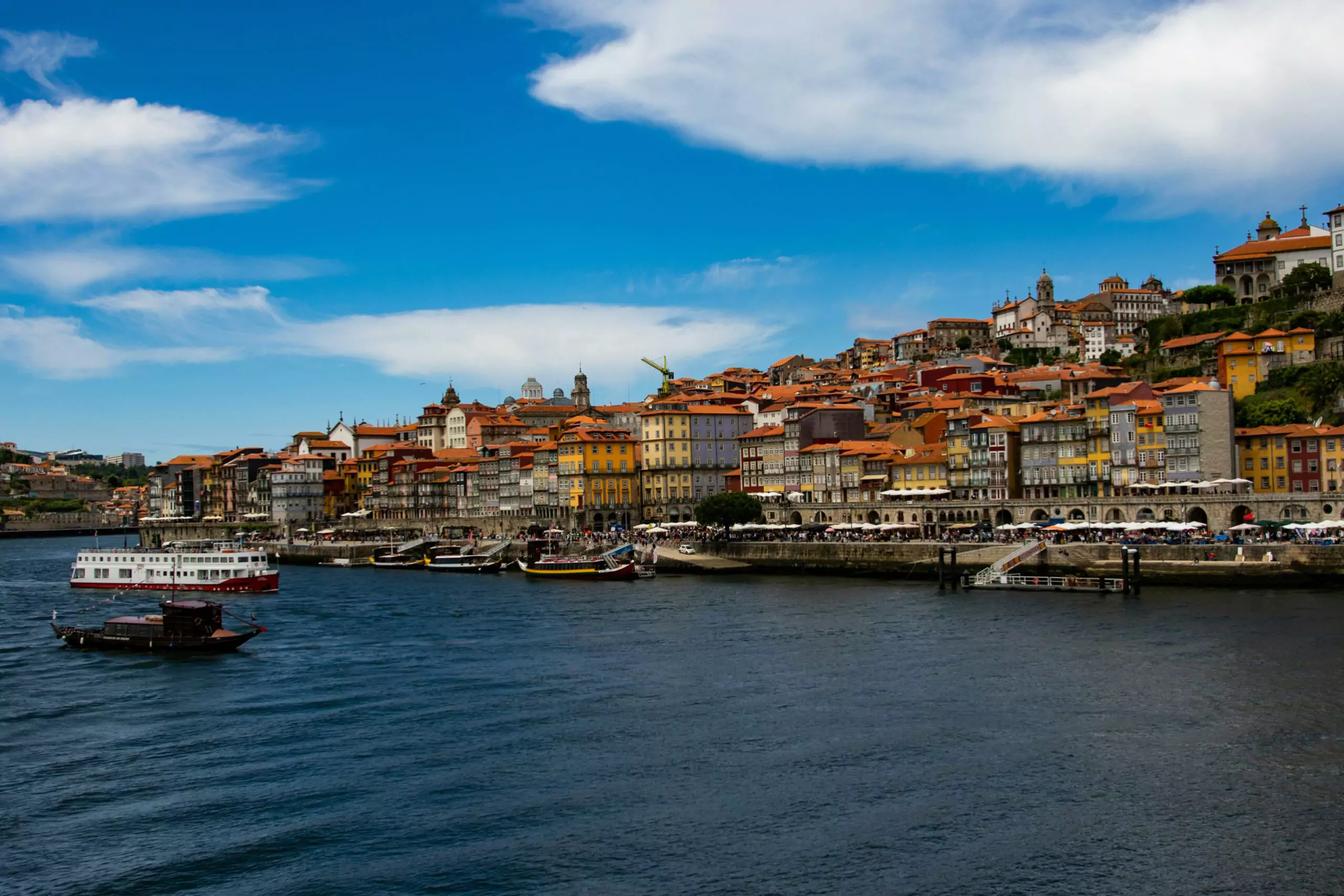Porto is Portugal’s raw, soulful city, famous for port wine and tiled churches, but loved most for its messy beauty, steep hills, and neighborhoods where laundry flutters above cobblestone streets. It’s not just about sightseeing, it’s about sinking into the rhythm of the river, the food, and the warmth of locals.
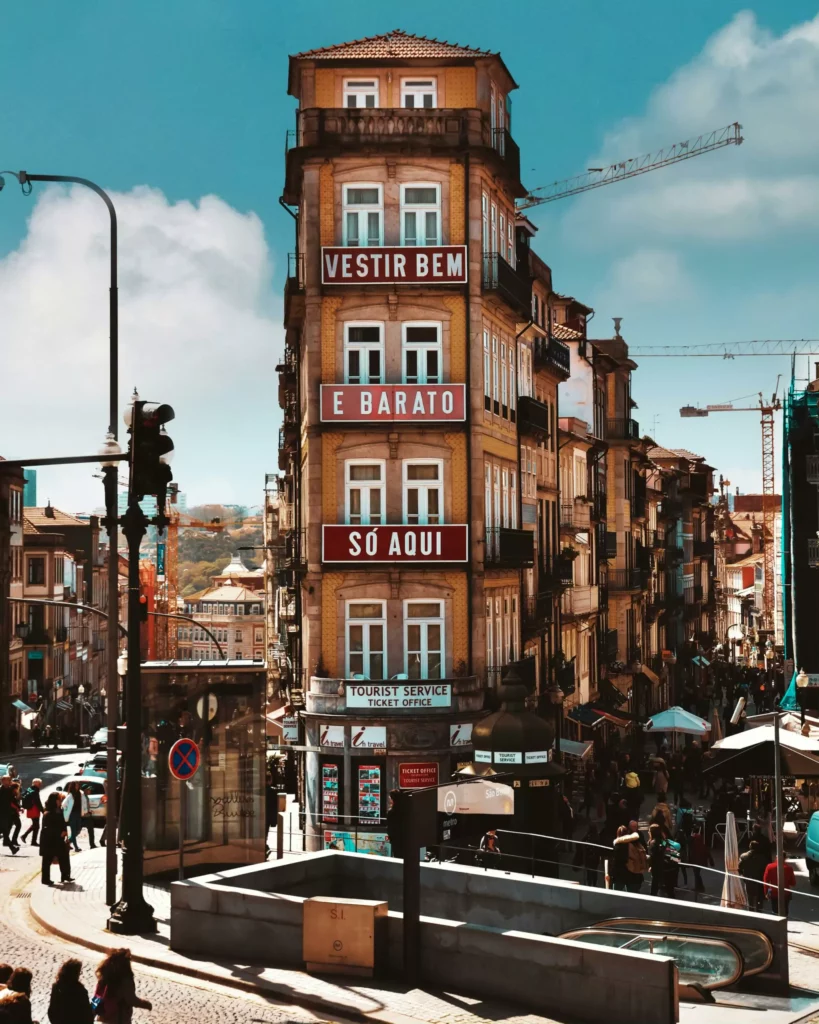
Missed by Many, Loved by Locals
Jardins do Palácio de Cristal → Tourists head for the viewpoints, but locals stroll here with kids, dogs, and pastel de nata in hand.
Rua Miguel Bombarda → Porto’s art district, filled with independent galleries and concept stores — a cool contrast to the city’s historic vibe.
Foz do Douro → Where the river meets the Atlantic. Tourists often skip it, but locals swear by its seaside cafés and golden-hour walks.
Mercado do Bolhão → A working market where older vendors still sell cheese, fruit, and codfish. Not polished, but very Porto.
Casa da Música free foyer concerts → Everyone takes a picture of the building, but locals slip inside for free shows.
Top Attractions in Porto
Ribeira District – Colorful riverside quarter with narrow alleys, lively cafés, and the best sunset views.
Dom Luís I Bridge – Porto’s iconic double-deck iron bridge. Walk the upper deck at dusk for unforgettable panoramas.
Livraria Lello – A stunning neo-gothic bookshop with a spiral staircase said to have inspired Harry Potter.
São Bento Train Station – Famous for its blue-and-white azulejo tiles that tell Portugal’s history.
Clérigos Tower – Climb the 225 steps for sweeping views of Porto’s rooftops and river.
Palácio da Bolsa – The former Stock Exchange Palace with lavish interiors, including the famous Arab Room.
Mercado do Bolhão – A traditional market where locals shop for fresh produce, cheese, and codfish.
Port Wine Cellars in Vila Nova de Gaia – Tour and taste Porto’s most famous export while overlooking the city.
Best Neighborhoods in Porto
Ribeira – The heart of Porto’s old town along the Douro, perfect for evening strolls and riverside dining.
Baixa (Downtown) – Central area with lively squares, shops, and many of Porto’s main attractions.
Cedofeita – Trendy, artsy neighborhood with independent shops, galleries, and a youthful vibe.
Miragaia – Colorful houses along the river, quieter than Ribeira but equally charming.
Foz do Douro – Where the river meets the Atlantic, loved by locals for seaside walks and cafés.
Matosinhos – A coastal neighborhood famous for fresh seafood restaurants and surf beaches.
Bonfim – Up-and-coming district with creative energy, alternative cafés, and vintage stores.
Vila Nova de Gaia – Across the bridge, home to port wine cellars and stunning views back to Porto.
Porto food guide
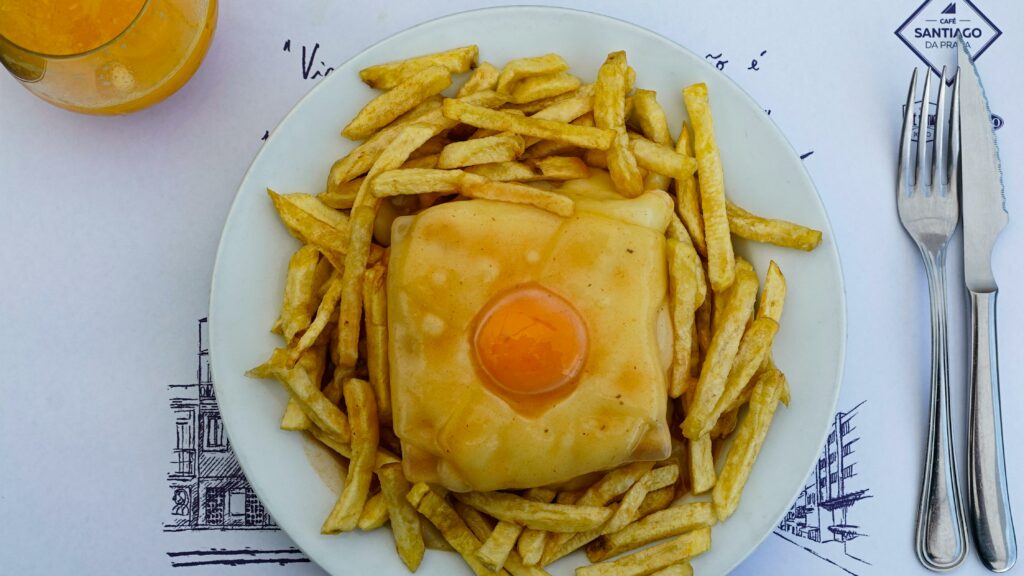
Francesinha
Porto’s iconic, indulgent sandwich layered with meats, cheese, and a rich beer-based sauce.
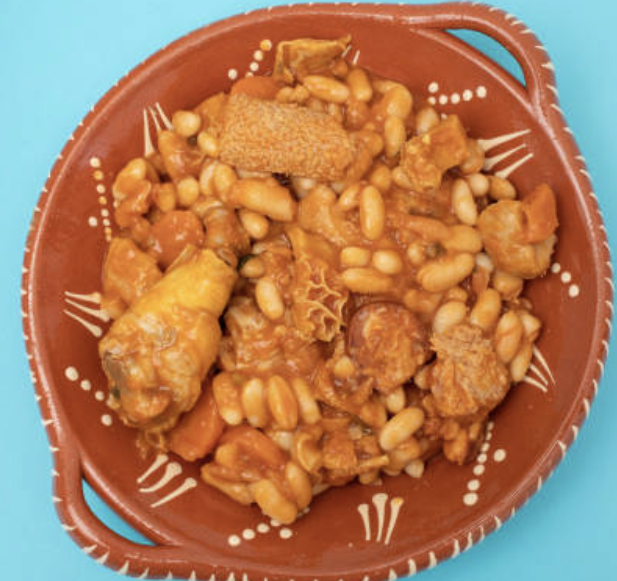
Tripas à Moda do Porto
Traditional tripe stew, a dish tied to the city’s history (locals are nicknamed tripeiros).
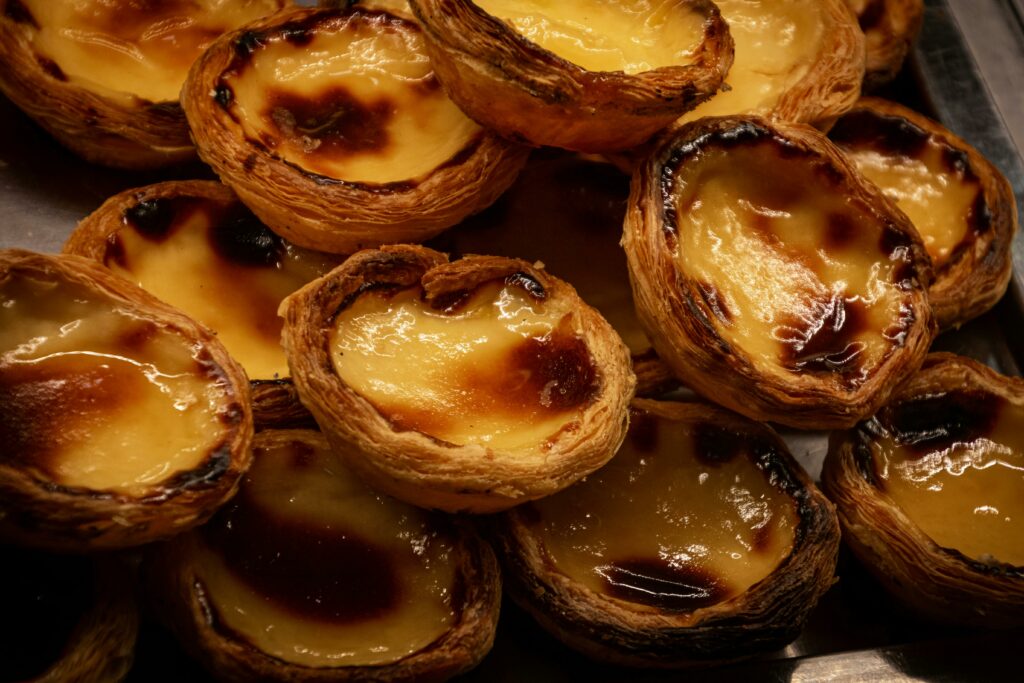
Pastel de Nata
Creamy custard tarts, best eaten warm with cinnamon and espresso.
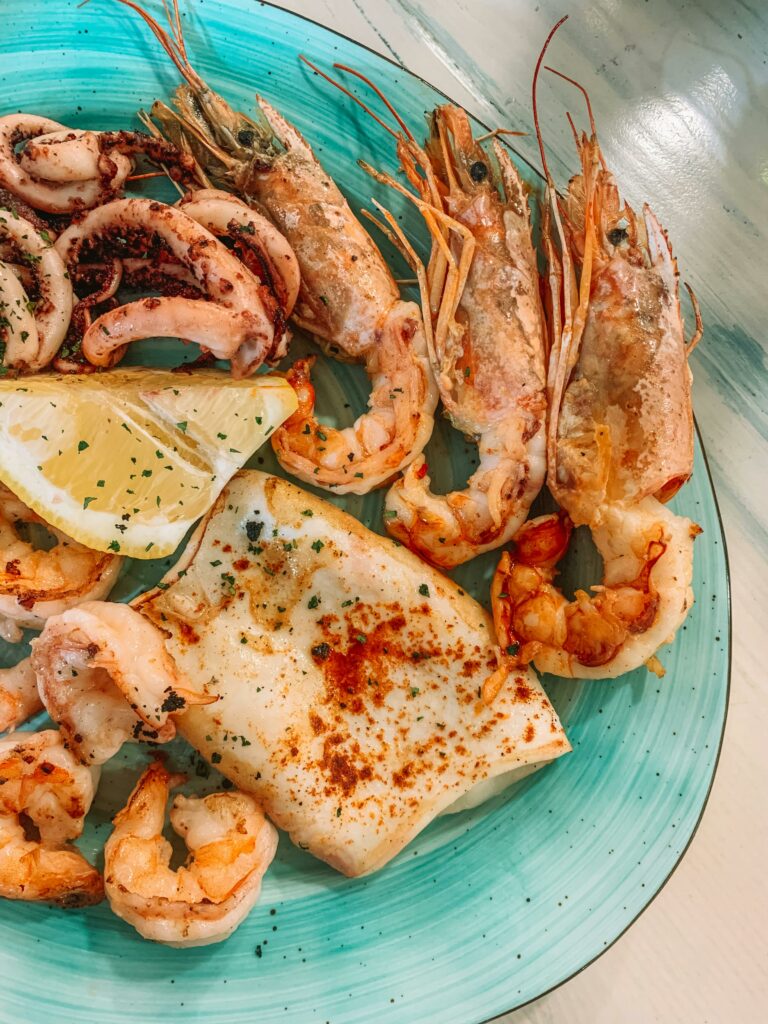
Fresh Grilled Seafood
Straight from the Atlantic, cooked on open grills outside local restaurants.
Getting Around Porto
Walking – The best way to experience Porto’s narrow streets and hidden alleys, though be prepared for hills.
Trams – Vintage trams (especially Tram 1 to Foz do Douro) are both charming and practical.
Metro – Modern and efficient, connecting the airport, downtown, and suburbs.
Buses – Useful for reaching areas not covered by the metro or tram.
Taxis & Rideshares – Affordable and reliable for short trips across the city.
Tip: Driving is not recommended, narrow streets and tricky parking make public transport and walking the better choice.
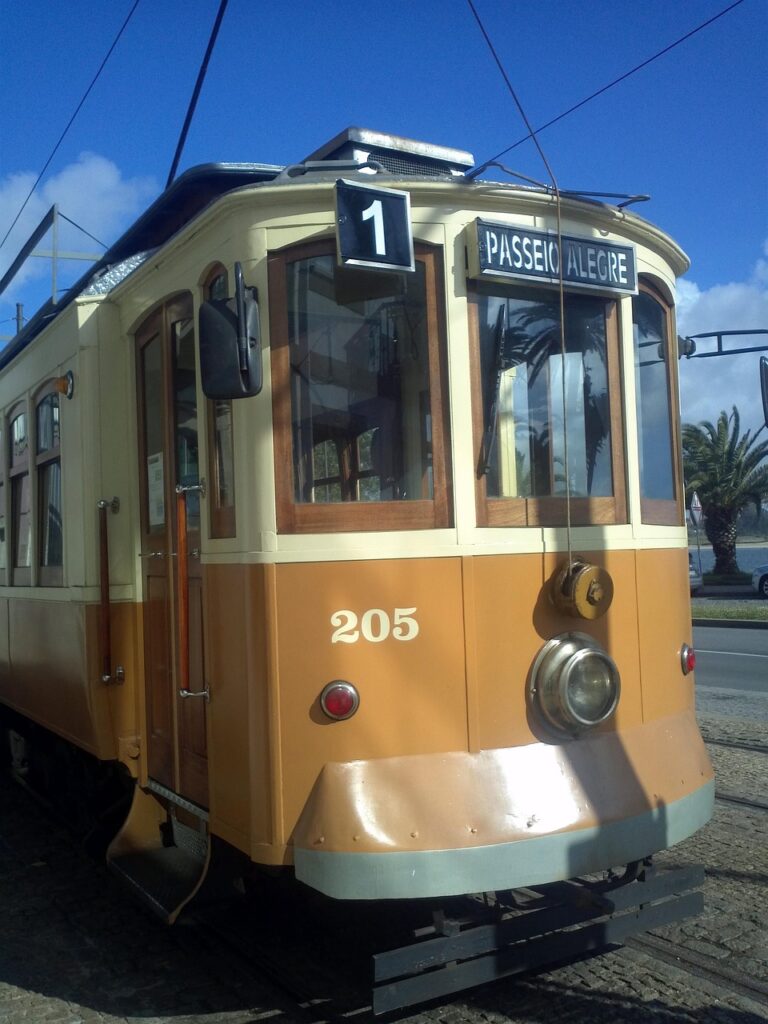
Things to do in porto beyond the classics
Ribeira & Dom Luís I Bridge at sunset
Rua Miguel Bombarda for indie vibes
Palácio de Cristal Gardens with locals
Tram 1 to Foz do Douro
Indulge francesinha + pastel de nata
World of Discoveries Museum – interact
Travel Tips
Shoes matter: Cobblestones + hills, sturdy footwear needed.
When to go: May–June & Sept–Oct have warm weather without peak crowds.
Getting around: Walk or use trams/metro since driving and parking is tough.
Good to know: English is widely spoken, but a simple “obrigado/obrigada” goes a long way.
Porto is a soulful riverside city where colorful alleys, tiled churches, and port wine cellars create a mix of history and everyday life. In three days, you can balance iconic sights like Ribeira, Dom Luís I Bridge, and Livraria Lello with hidden gems such as Bolhão Market, Cedofeita’s art streets, and seaside walks in Foz do Douro. Add in francesinha, fresh seafood, and a glass of port, and you’ll experience the authentic taste of Porto that locals love just as much as visitors.


